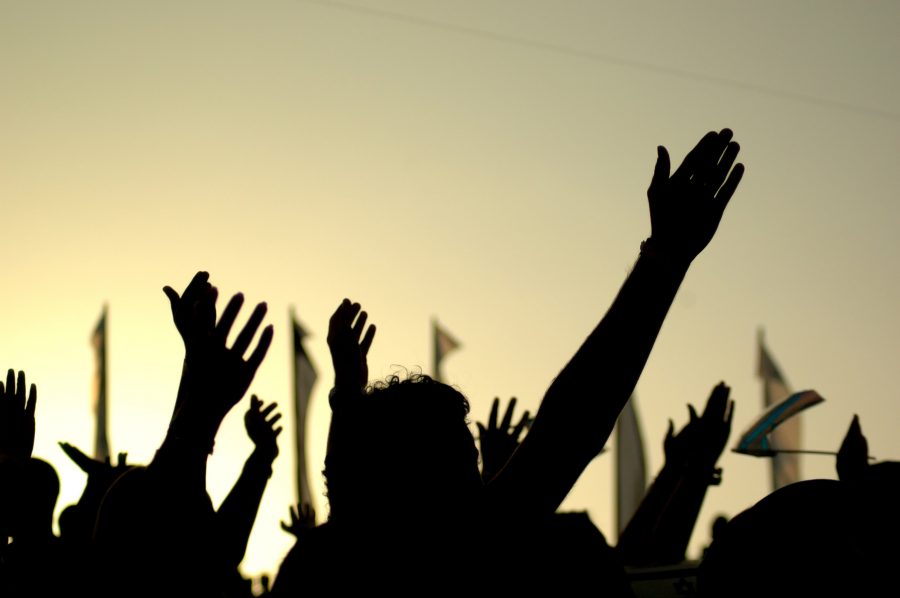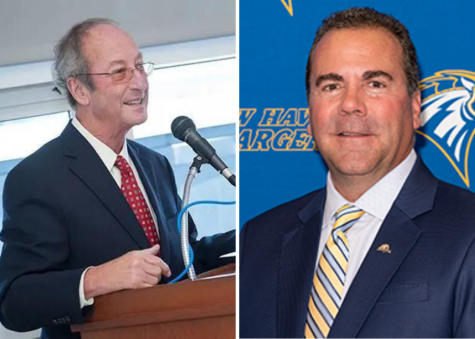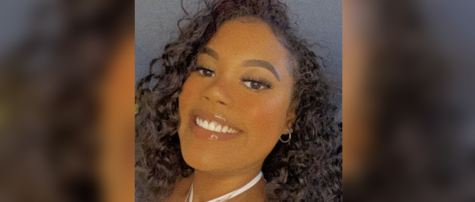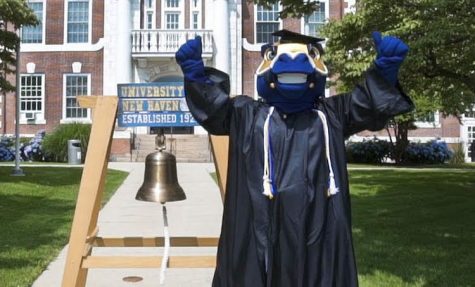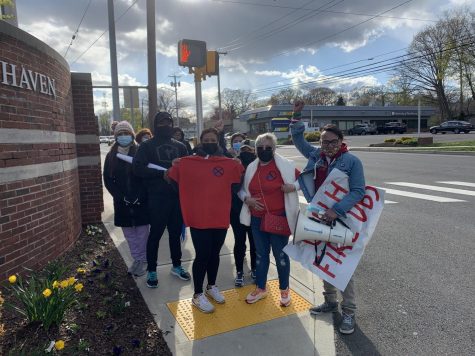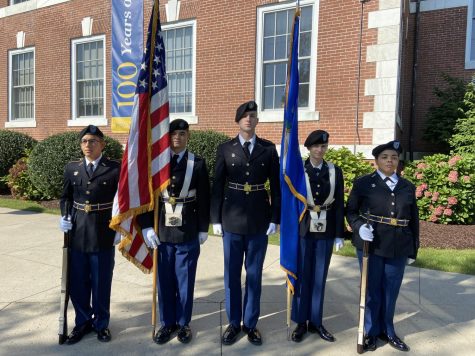Examining UNH’s Demonstration & Protest Policy
The Foundation for Individual Rights in Education, or FIRE, evaluated several university policies, including the Student Protest and Demonstration Policy. They issued this policy a yellow light rating, indicating that, while this policy does not completely suppress freedom of speech, it still leaves much to be desired.
“When developing University policies and procedures, we need to ensure that both freedom of speech and the safety and security of the University community are addressed,” noted Dean of Students, Rebecca Johnson. The University’s Student Protest and Demonstration Policy was revised after the May 2015 Die In (an event in which a group of students became the target of abuse during a protest) in order to prevent a similar event occurring in the future.
Private colleges, like the University, cannot be directly compared to the first amendment. As it was noted in the first article of this series, private colleges do not follow the standards set forth in the first amendment. This is largely due to the amendment’s wording. As the first line of the amendment reads, “Congress shall make no law…” it applies only to the government and its branches, including state and local governments. Public institutions must follow the first amendment because they are an extension of state government, however, private institutions are not, and therefore are not required to abide by the same laws.
While private colleges are not bound by the first amendment, it is noted on FIRE’s website that they are “…contractually bound to respect the promises they make to students.”
FIRE’s rating was based off of the commitment to free speech provided by the University in the opening remarks of the Student Protest and Demonstration Policy, which begins, “The purpose of this policy is to ensure that freedom of speech, freedom of assembly and the freedom to pursue academic and career objectives are maintained at the University of New Haven.” It continues to state that each member has the right “to communicate their views on current issues, by peaceful, lawful demonstration and protest.”
FIRE’s yellow light rating was due to two major points of contention between this promise and the policy, the first one being the notion that any formation of “one or more community members with a common intent or cause” would require one student, made the demonstration leader, to meet with both the Dean of Students and the Chief of Police. FIRE argued that “…this goes past what is reasonable in limiting students’ rights.”
When asked about this point, Dean of Students, Rebecca Johnson responded that it is not meant to regulate the message, but to ensure adequate planning and ultimate safety. “The discussions with the Chief of Police and Dean of Students are more about time, place, and manner of the protest, not about liming the speech being expressed,” she said.
The second point of contention is regarding the policy for spontaneous demonstrations, which limit the demonstration to either the Maxcy Quad Circle or the Bixler/Botwinik Quad, as well as require the Office of the Dean of Students and the University Police to be notified immediately. FIRE argued that the location limitations may “prevent or discourage student demonstrations from taking place at all.”
“These spontaneous protest locations are areas, which by their very nature, are open spaces where our community regularly gathers. They are locations that are not frequently reserved for University events, and therefore are suitable venues for spontaneous gatherings that haven’t been planned in advance,” Dean Johnson responded to FIRE’s rating. She added, “If students wish to have other locations added to the list for spontaneous gatherings, we are open to discussing and assessing the feasibility of additional sites.”
Stay informed with the University’s other FIRE ratings on policies including, Guidelines for Advertising on Campus, Harassment Provisions, Internet Policies, Bias Motivated Offenses, and Sexual Misconduct Policy.

Karina Krul is a senior marine biology major with a triple minor in psychology, political science and marine affairs. This is her fourth year with The...



